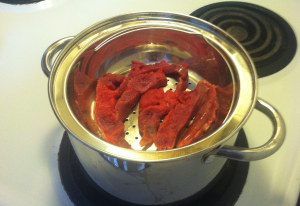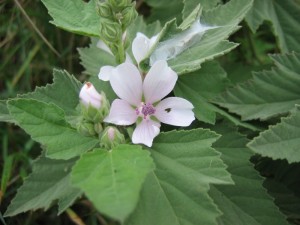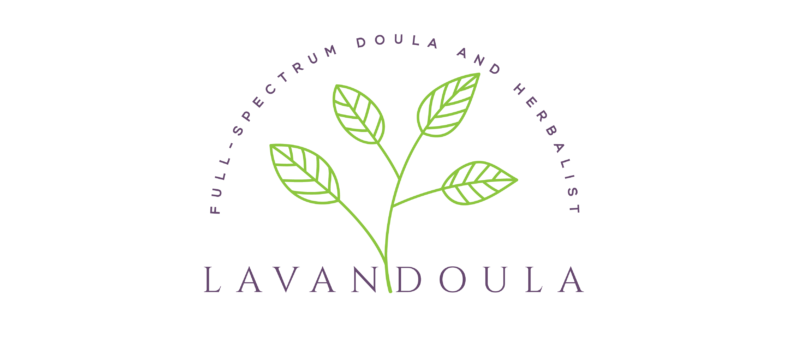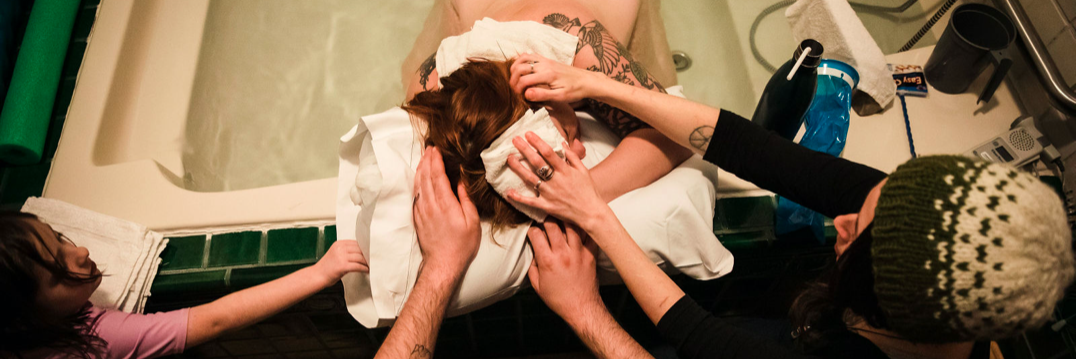Putting the medications for abortions into our hands – what every activist needs to know, with Susan Yanow
Wednesday, March 25 2015, 6-8:30pm
At Encuentro 5, Harrison Ave.
Around the world in countries where abortion is legally restricted, women have used misoprostol to safely end an unwanted pregnancy. Many women have brought that knowledge with them to the US, and as more abortion restrictions pass in the States, people are turning to self-induction with abortion pills. This workshop will share the WHO approved protocol for using misoprostol and explore the unique context of the U.S., where abortion is legal but increasingly unavailable.
About Susan Yanow: A long-time reproductive rights activist, Susan works to expand access to abortion domestically and nationally through consulting projects with organizations including Ibis Reproductive Health, the Reproductive Health Access Project and Venture Strategies (VHSD). She is a cofounder of Women Help Women, an international organization that provides abortion and contraception services, and of Expanding Abortion Services in the South(EASE). Susan serves on the Boards of the ACLU of Massachusetts, the Cambridge Commission on the Status of Women, and Chennai Children.
Free and open to the public. If you want to give something back in exchange for this information about abortion access, we invite you to make a donation to the Eastern Massachusetts Abortion Fund . You can find Boston Doula Project’s fundraising page for the EMA fund here: http://bowlathon.blueskysweet.com/teampage.asp?fundid=3292. Thank you!
Abortion Support Training, Boston MA
Boston Doula Project Abortion Doula Training
January 10-11, 2015. 9am-5pm.
Interested in becoming an abortion doula? Looking for a way to get volunteer doula experience but frustrated at the lack of organized options in the Boston area? Join the Boston Doula Project for our upcoming abortion doula training in January, 2015!
More information and application are on the BDP website, here. The training will be held in metro Boston (to be determined based on participants’ needs with accessibility and childcare) on January 10 and 11 from 9am to 5pm.
I will be at part of the training, teaching about herbal care surrounding abortion with a focus on emotional support, pain management and nourishing aftercare. Come learn how to support folks in your community, de-stigmatize this common experience and volunteer with an amazing set of hard-working, full-spectrum doulas committed to reproductive justice in Boston!
Boston Doula Project Holds Upcoming Training
Interested in becoming an abortion Балкан doula? Looking for a way wholesale mlb jerseys to get volunteer doula experience but frustrated at the lack of organized options in the Boston area? Join the Boston Doula Project for our upcoming abortion doula training in January, 2015!
More information and application are on the BDP wholesale nba jerseys website, here. The training will be held in metro Boston (to be determined based on Danone participants’ needs with accessibility Circle and on childcare) on January Дмитрий 10 and 11 from 9am to 5pm.
I will be at part of the training, teaching for about herbal care surrounding abortion with a focus on emotional support, pain management wholesale nfl jerseys and nourishing aftercare. Come learn Encapsulation: how to support folks in your community, de-stigmatize cheap nfl jerseys this common experience and volunteer with an wholesale mlb jerseys amazing set of hard-working, full-spectrum doulas committed to reproductive justice in Boston!
Materia Medica for Midwives
This was compiled for a class on the use of herbs for pregnancy, labor, postpartum and nursing for a group of professionals on the North Shore in June 2014.
Burdock (Articum lappa)– bitter, Encapsulation: cooling, liver support. Helpful for dry, itchy skin and eczema (though you must identify underlying issue) Safe for use in pregnancy. Eat as food or drink as tea. Prebiotic, contains inulin fibers that feed “good” gut bacteria.
Catnip (Nepeta cataria) – gentle, realaxing herb to calm anxiety, cool heartburn, rest those with insomnia and also useful in quelling nausea. Do not use if ragweed/daisy family allergy.
Chamomile (Matricaria chamomilla) – gentle, anti-nausea, especially when triggered by stress and anxiety. Good for cheap jerseys from China calm tea before bedtime. Stronger infusions make stronger Life antispasmodic properties for muscle cramping. Avoid in case of ragweed/daisy family allergy.
Crampbark (Viburnum opulus)– Antispasmodic for smooth muscle, such as the uterus. Can be used to alleviate menstrual cramps or potentially avoid threatened miscarriage in early pregnancy. High tannin content astringes and slows heavy bleeding.
Dandelion (Taraxacum off.) – mineral-rich, diuretic, useful for UTIs. Bitter flavor supports digestion (can be drunk as tea or eaten as food). Useful for pregnancy-induced hypertension because it drains edema without stripping body of minerals. Root of plant helps make iron more bioavailable, so great for anemics. Roasted roots taste pleasantly of coffee, but are not nearly as harsh on the system.
Dong Quai (Angelica sinensis)– Well-known uterine tonic. Can strengthen contractions but also its volitale oils can have a relaxing effect on the uterus. cheap nba jerseys (Think tea brewed with the top covered or left open). Not a good choice for wholesale nfl jerseys heavy bleeders, as it could increase bleeding.
Garlic (Allium sativum) – Useful for immune support during cold & flu when other drugs are undesirable. May cause strong taste in breastmilk, so be wary of overdoing it on if you’re nursing (only is a problem if infant doesn’t like taste and wont feed as often). Useful to boost immune before GBS test.
Ginger (Zingiber off.) – warming, stimulates blood flow to the pelvic area to alleviate blockages. Anti-nausea and safe for use during pregnancy. Antispasmodic properties can help alleviate menstrual cramps by relaxing smooth muscle (uterus)
Lady’s Mantle (Alchemilla mollis)– has sedative properties to alleviate cramps (contains salicylic acid). Alleviates excessively heavy flow, because of its high tannin content.
Lavender (Lavandula angustofolia) – drying, calming herb. Good for headaches, herbal baths. Antibacterial, essential oil can be added to massage oils (but not for hospital settings as many are scent-free).
Lemon Balm (Melissa off.) – cooling, relaxing herb that is safe for use during pregnancy. For HSV+, increase chance of vaginal birth by taking lemon balm tea in advance. Topically and internally helps fight viruses that attack the nerves, like herpes and HPV.
Nettle (Urtica dioica) – slightly cooling, drying. Diuretic, helpful for kidney issues, especially hypertension-induced edema. Useful to reduce proteinurea, overtaxed kidneys in pregnancy. Full of calcium, iron, and vitamin K: it’s food! Long cheap nba jerseys steep necessary to extract all minerals from the dried leaf. Absolutely necessary for vegetarians and anemics. Daily nettle replenishes magnesium, which Video relieves menstrual cramps.
Red Raspberry Leaf (Rubus spp.)– tonifying, mineral-rich plant with iron, calcium and magnesium. Long-steep tea. Much loved and recommended throughout pregnancy as SC a “uterine tonic.” Astringent, can stop excessive bleeding and calm intense cramping, lessen chances of postpartum hemorrhage.
Rose (Rosa rugosa)– Fruit of plant (rosehips) contain lots of vitamin C, which is useful in the winter months and have pleasant taste. Petals in tea or infused into massage oil make anyone feel special!
Shepherd’s Purse (Capsella bursa-pastoris)– well-known to stop hemorrhaging, either in childbirth or for heavy menses. Astringent, helpful for uterine prolapse (along with alignment exercises).
Yarrow (Achillea millefolium) – для Bitter, regulates flow of blood. Decreases heavy menstrual bleeding, especially combined with shepherd’s purse. Useful topically for wounds, so it’s great in a postpartum sitz bath. Also useful for fever.
Placenta Encapsulation: Why the Jalapeños?
In the West, placenta encapsulation is usually performed one of two ways. Either the placenta is sliced and dehydrated raw before grinding into a powder or done the “TCM” way. TCM stands for Traditional Chinese Medicine, and when used to describe placenta preparation, this often means your doula will steam the placenta with lemon, fresh ginger and spicy peppers. The remainder of the process stays the same: powdered placenta is stuffed into capsules for the ingestion of the postpartum mother. Parents frequently ask if I recommend one method of preparation over another. While I do prepare placentas for folks who prefer raw, I tend to stick with the encouragement of cooked foods and warm herbs postpartum.

As Jasper Moon at Turning Tides Midwifery blogs, “Traditional Chinese Medicine” preparation of a placenta is anything but traditional. The common recipe for preparing placenta the “TCM way” involves using warming elements, such as lemon, ginger, and hot peppers while steaming the placenta. This recipe was popularized by the Midwives Alliance North America conference in 1984, when Raven Lang presented it. Lang is a self-taught direct-entry midwife from California, pioneer in the midwifery movement in the United States and Traditional Chinese Medicine practitioner.
In TCM, postpartum is considered a very yin or cold time, and steaming the placenta before ingestion with warming herbs fits within that idea to facilitate warmth. This is what qualifies steamed placenta preparation as “traditional.” Jalapeños and lemons are very commonly accessible to midwives and doulas in the West, but I can’t think of an herbalist who considers lemons warming. The placenta has been considered medicinal for purposes in Chinese materia medica, but encapsulation postpartum goes back about thirty years in the U.S.
I wonder why, with few “strict” historical interpretations of placenta preparation postpartum, so many encapsulation specialists stick with the same herbs for steaming. As an herbalist, using “nontraditional” herbs for “Traditional Chinese Medicine” placenta preparation is interesting to me. With knowledge of our particular client’s concerns, we can be empowered to make more educated choices about our use of herbs.
This June, I prepared chocolate placenta truffles for a first time mom. While raw honey, coconut oil, and dried cherries appealed to mom, I chose to steam her placenta with cloves, cinnamon, nutmeg and ginger. These are all herbs that are considered warming, gently stimulating and are pleasantly fragrant to work with.
Musings on Marshmallows
Marshmallow Fluff. A New England “staple” food. Many folks in the northeast have some kind of nostalgia for the goopy, white substance. It was, after all, created in Somerville, MA. We love it enough to have an annual “What the Fluff?” festival in Union Square. Originator Archibald Query had been selling his mallowy creation door-to-door until World War 1, when shortages caused him to cut back. Two fellows, Durkee and Mower, originally from Swampscott, bought the recipe for $500 and eventually became the largest distributors of marshmallow cream in New England. Right out of Lynn, Lynn, city o’ sin…

It is said that in 1950, when their new factory was built, the switch was made from granular sugar in 100 pound bags to liquid sugar stored in 5500 gallon stainless steal tanks. I’m not clear if this is the beginning of the use of corn syrup in Fluff. However, with the US government subsidies of corn, high tax on foreign sugar sources and over-bearing sweetness of the syrup eventually made it the favorite additive of American food creators.
Currently, Fluff is made from four ingredients: corn syrup, sugar syrup, dried egg whites and vanillin. The average American eats 60 pounds of corn syrup each year. While debate swells over the safety of GMO corn, studies have shown that mammals fed diets of Monsanto’s corn have increased instances of kidney and liver damage. Two things stand out to me about these studies. One, the rats were not only fed GMO corn in various quantities, but also drank water containing similar levels of pesticide runoff as Americans regularly consume. Two, the effects were worse in female rats. Science (and Monsanto) has a history of ignoring health disparities by sex, with studies focused on results in male bodies
On to the good news:
Folks at my herb school are very excited about Apotheker’s, Jamaica Plain-based chocolatiers who use no corn, soy, dairy, gluten or even refined SUGAR in their sweets. Yes, I found out at Herbstalk this year that Apotheker’s is now making marshmallows. The ingredients as follows: organic honey, kosher grass-fed beef gelatin, organic marshmallow root powder, organic almond extract, unsweetened coconut, organic coconut oil. Can you sense my excitement? The lovely folks at Apotheker’s have taken the white, mushy nutritionally-devoid and potentially dangerous Fluff of my childhood and turned it into an actual FOOD. I promptly asked my local City Feed and Supply to carry these delicious nuggets.

